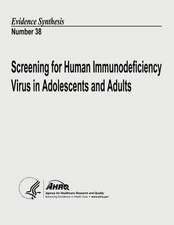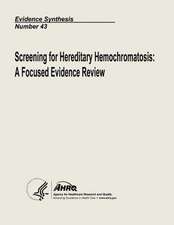Advancing Primary Care
Autor U. S. Department of Heal Human Services, Health Resources and Ser Administrationen Limba Engleză Paperback
Preț: 102.95 lei
Preț vechi: 108.37 lei
-5% Nou
Puncte Express: 154
Preț estimativ în valută:
19.70€ • 20.49$ • 16.51£
19.70€ • 20.49$ • 16.51£
Carte disponibilă
Livrare economică 21 februarie-07 martie
Preluare comenzi: 021 569.72.76
Specificații
ISBN-13: 9781479295944
ISBN-10: 1479295949
Pagini: 62
Dimensiuni: 216 x 280 x 3 mm
Greutate: 0.17 kg
Editura: CREATESPACE
ISBN-10: 1479295949
Pagini: 62
Dimensiuni: 216 x 280 x 3 mm
Greutate: 0.17 kg
Editura: CREATESPACE
























